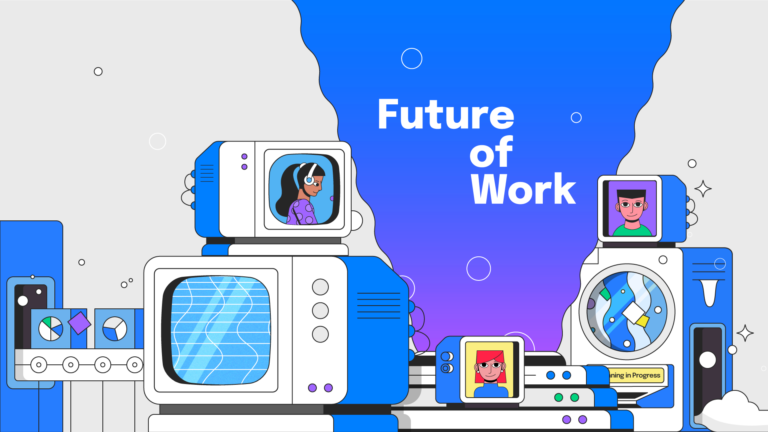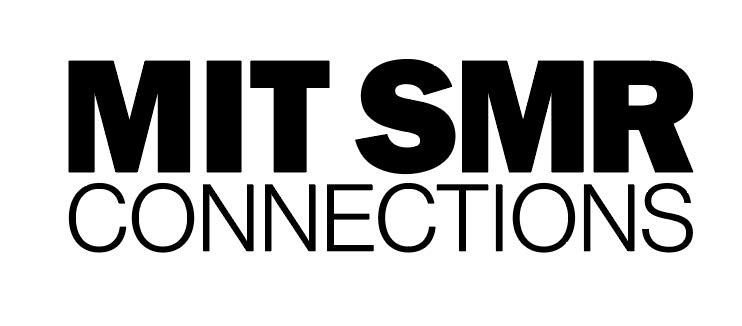The downfalls of traditional education are well-documented: universities are expensive, out of touch, and inaccessible to many students, to the point where nearly half of millennials say college wasn’t worth it given their debt. Only 11% of business leaders believe graduating students are adequately prepared for the workforce. For students interested in tech and job placement, bootcamps and other non-traditional education platforms have surged in popularity. Meanwhile, college applications have dropped, with 25% of students postponing college because of the pandemic.
But I don’t see these trends as the death of traditional education—I see them as possibilities to create a better education system. Having worked in the edtech industry for more than 15 years, I’ve seen how companies can provide excellent learning opportunities in a way that’s cheaper, more convenient, and more aligned with the needs of the modern workplace.
Here are a few lessons that colleges, universities, and even high schools could learn from edtech to create curriculums that better serve students now—and long into the future.
1. Drop the major; make it easier to test and iterate
One of the most powerful things higher ed can do to support today’s students is move away from the major. Asking students to spend four years focused on one subject is a tough sell—that’s a lot of sunk cost if they end up changing their mind, or if the options available to them post-graduation are wildly different due to the rate of change in the job market.
One of the benefits of a liberal arts education is the opportunity to explore. So why not lean into that? Removing or reducing major requirements, making it easier for students to change their course of study, integrating more modern subjects into the curriculum, and creating opportunities to test out real jobs are just a few ways schools could help students try on lots of different hats.
One of my favorite examples of this in the edtech industry is Paragon One, which helps universities provide students with 8-week remote “externships” at top tech companies to quickly learn about the different roles available to them.
By encouraging this kind of testing and iteration, schools can help students spend four years sussing out the skills and interests they want to carry forward into the next 40+ years of their careers. Moreover, it teaches students how to shift into new roles, finding their transferable skills and quickly learning new ones. In a future where very few people will have just one career in their lifetime, that flexibility alone becomes a valuable asset.
2. Provide better incentives (and more useful outcomes)
The way students are evaluated in traditional education is pretty backwards when it comes to preparing them for the future of work. There’s a reason very few edtech companies use grades as part of their learning structure—grades force students to focus on short-term outcomes instead of real, deep learning. Moreover, they don’t really prepare students for how they will be evaluated in their future jobs.
Instead, institutions should look for more meaningful ways to encourage learning and provide feedback.
The edtech world often turns to gamification because games make learning more fun, thereby encouraging deeper engagement. They also help people better retain information, encourage creative problem solving, and provide shorter feedback loops to help students improve as they go—all skills that are valuable in the workplace, too.
I’m also a fan of project-based learning as a way to create more useful incentives in the education system. Most bootcamps are centered around the student creating a project or set of projects during their tenure. This model has so much value: It shows students the real-world applications of the topics they’re learning in the classroom—helping them see why they should learn it. It gives the teacher an opportunity to provide robust, constructive feedback like a manager might, rather than standalone grade. And students walk away with something tangible they can include in their portfolio or on their resume.
3. Make virtual or hybrid school the norm, not the exception
If there’s one thing COVID has taught us, it’s that the remote or hybrid workplace is here to stay. So shouldn’t that be true of the remote, digital-first classroom, too?
For years, edtech has been paving the way for new models of education that allow students to learn wherever and whenever they want, and has proven that it can work. Nearly every bootcamp has a virtual option. MOOCs allow students to pick up new skills on a schedule that works for them. One of my favorite examples of late is Quantic, the world’s only accredited MBA built for mobile-first learning.
I see no reason for traditional education not to follow suit. Going digital-first is a win for everyone. For schools, it can help them cut costs to compete with the edtech alternatives that are popping up left and right. For students, it can make education more accessible (both financially and logistically), and—perhaps more importantly—teach them the critical skills they’ll need to succeed in the remote workplace of the future, like virtual collaboration, personal time management, and strong communication.
Yes, these are big changes. But if traditional educational institutions want to ensure they’re preparing students for the future of work—and that they have a place in the future of education—then they’ll need to learn what’s working from the edtech industry and make some moves to follow suit.





